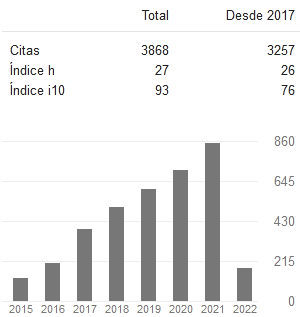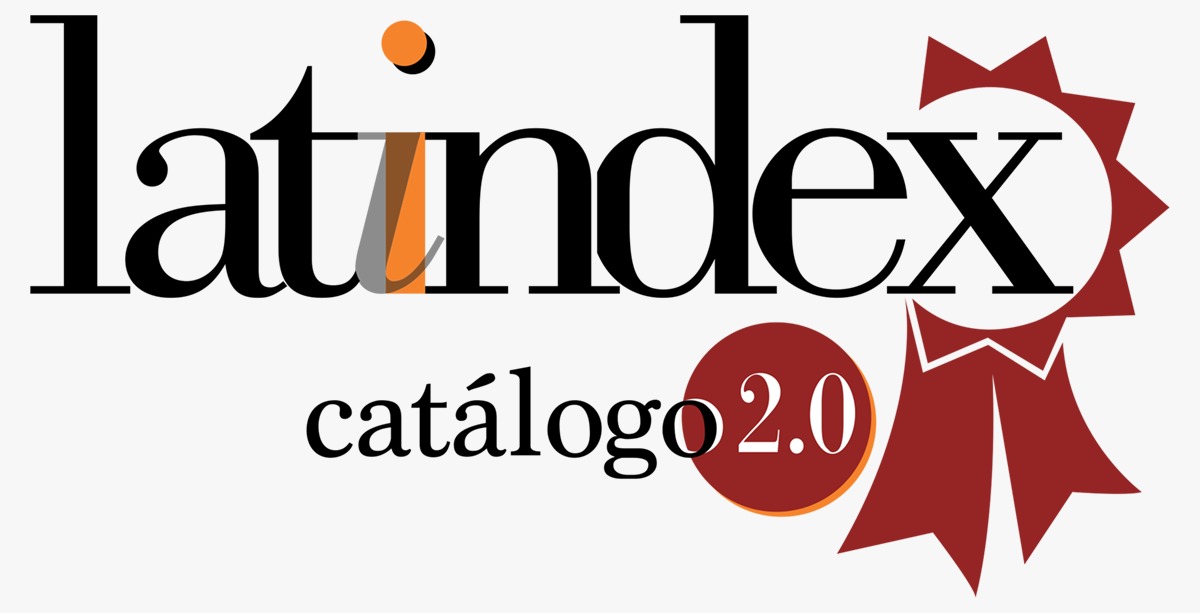THE TEACHING OF GEOMETRY SUPPORTED BY COMPUTERS: A NEW REALITY IN JUNIOR HIGH SCHOOL
Keywords:
teaching, geometry, computerAbstract
With the third revolution in the educational system in Cuba, schools are provided with new technologies, among them: computers, constituting a challenge for its usage in the teaching-learning process. Being aware that the learning of Geometry presents difficulties proved in different moments and by different people, this work offers methodological words of advice for teachers and it shows some activities designed where it is used a computer´ program of application as it is Geometry, which eases to reveal its potentialities and transform the teaching-learning process of Geometry and takes into account the levels of development of the geometric thought, the formation of stages in the mental actions and the didactic for a developing process. In its implementation, in the referential provincial center, are shown significant changes in the learners.
Downloads
References
ACEVEDO, M. Geometría: aspectos y perspectivas de su enseñanza en la primaria./ M. Acevedo, M. Falk. __ En XIV Coloquio distrital de Matemática y Estadística. Santa Fe de Bogotá, 1997. p.
Aprendizaje Colaborativo asistido por computador: la esencia interactiva/ Paz Baeza, Bischoffshausen [et. al].__ En Contexto Educativo (soporte digital).__ No.12. __ Argentina, 1999. (http://contexto-educativo.com.ar/1999/12/nota-8.htm). BRAGA, GLORIA MARÍA. Apuntes para la enseñanza de la Geometría. El modelo de enseñanza - aprendizaje de Van Hiele. __ p. 52-57. __ En Signos Teoría y Práctica de la Educación.__ No. 4, jul.- dic, 1991. CASTELLANOS, DORIS. Educación, aprendizaje y desarrollo.__ Curso 16.__ En Pedagogía 2001. __ Ciudad de la Habana, 2001. CROWLEY, M. El Modelo de Van Hiele de desarrollo del pensamiento geométrico. __ p 100-110. __ En Pedagogía. __ No. 13. __ México, 1998.
ESCALONA, DULCE M. La enseñanza de la geometría demostrativa.__ p. 41-47. __ En Revista Educación. __ No. 97. __ La Habana, 1999. ESTRADA DUALLO, MARIO. [et.-al.]. La Enseñanza de la Geometría asistida por computadoras en la secundaria básica cubana. __ p. 763-769. __ En: Acta Latinoamericana de Matemática Educativa. __ V. 15, Tomo 2.__ Argentina, 2002. LABARRERE, ALBERTO. Pensamiento. Análisis y autoregulación de la actividad cognoscitiva de los alumnos.__ Ed. Pueblo y Educación. __Ciudad de La Habana, 1996. MINED. Programa de Matemática para las Secundarias Básicas seleccionadas. Curso escolar 1999-2000. (Folleto). Ciudad de La Habana, 1999. SEPULVEDA HERRERA, JORGE ANDRES. Técnicas Grupales. __ En soporte electrónico Internet (www.monografia.com) SILVESTRE ORAMAS, MARGARITA. Aprendizaje, educación y desarrollo. __ Ed. Pueblo y Educación. __ Cuba, 1999. 117 p. _______. ¿Cómo hacer más eficiente el aprendizaje?. Margarita Silvestre Orama, José Zilberstein Toruncha. __ Ed. CEIDE. __ México. 2000. __ 107 p. _______. Enseñanza y aprendizaje desarrollador. Margarita Silvestre Orama, José Zilberstein Toruncha . __ Ed. CEIDE. __ México, 2000. 115 p. TALÍZINA, N. Psicología de la enseñanza. __ Ed. Progreso.__ Moscú, 1988. p. TORRES, PAUL. La enseñanza de la Matemática en Cuba en los umbrales del siglo XXI: logros y retos. (Pendiente a publicar). Ciudad de la Habana, 2000.
Downloads
Published
How to Cite
Conference Proceedings Volume
Section
License
Copyright (c) 2020 Juan José Fonseca Pérez, Michel Enrique Gamboa Grau; admin admin

This work is licensed under a Creative Commons Attribution 4.0 International License.
Usted es libre de:
- Compartir — copiar y redistribuir el material en cualquier medio o formato
- Adaptar — remezclar, transformar y construir a partir del material para cualquier propósito, incluso comercialmente.
Bajo los siguientes términos:
- Atribución — Usted debe dar crédito de manera adecuada, brindar un enlace a la licencia, e indicar si se han realizado cambios. Puede hacerlo en cualquier forma razonable, pero no de forma tal que sugiera que usted o su uso tienen el apoyo de la licenciante.
- No hay restricciones adicionales — No puede aplicar términos legales ni medidas tecnológicas que restrinjan legalmente a otras a hacer cualquier uso permitido por la licencia.














































